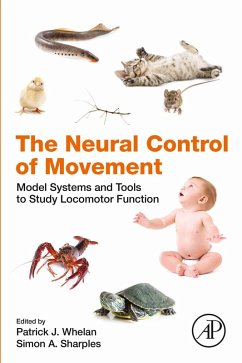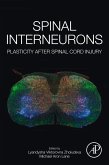From speech to breathing to overt movement contractions of muscles are the only way other than sweating whereby we literally make a mark on the world. Locomotion is an essential part of this equation and exciting new developments are shedding light on the mechanisms underlying how this important behavior occurs.
The Neural Control of Movement discusses these developments across a variety of species including man. The editors focus on highlighting the utility of different models from invertebrates to vertebrates. Each chapter discusses how new approaches in neuroscience are being used to dissect and control neural networks. An area of emphasis is on vertebrate motor networks and particularly the spinal cord. The spinal cord is unique because it has seen the use of genetic tools allowing the dissection of networks for over ten years. This book provides practical details on model systems, approaches, and analysis approaches related to movement control. This book is written for neuroscientists interested in movement control.
The Neural Control of Movement discusses these developments across a variety of species including man. The editors focus on highlighting the utility of different models from invertebrates to vertebrates. Each chapter discusses how new approaches in neuroscience are being used to dissect and control neural networks. An area of emphasis is on vertebrate motor networks and particularly the spinal cord. The spinal cord is unique because it has seen the use of genetic tools allowing the dissection of networks for over ten years. This book provides practical details on model systems, approaches, and analysis approaches related to movement control. This book is written for neuroscientists interested in movement control.
- Provides practice details on model systems, approaches, and analysis approaches related to movement control
- Discusses how recent advances like optogenetics and chemogenetics affect the need for model systems to be modified (or not) to work for studies of movement and motor control
- Written for neuroscientists interested in movement control, especially movement disorders like Parkinson's, MS, spinal cord injury, and stroke
Dieser Download kann aus rechtlichen Gründen nur mit Rechnungsadresse in A, B, BG, CY, CZ, D, DK, EW, E, FIN, F, GR, HR, H, IRL, I, LT, L, LR, M, NL, PL, P, R, S, SLO, SK ausgeliefert werden.









